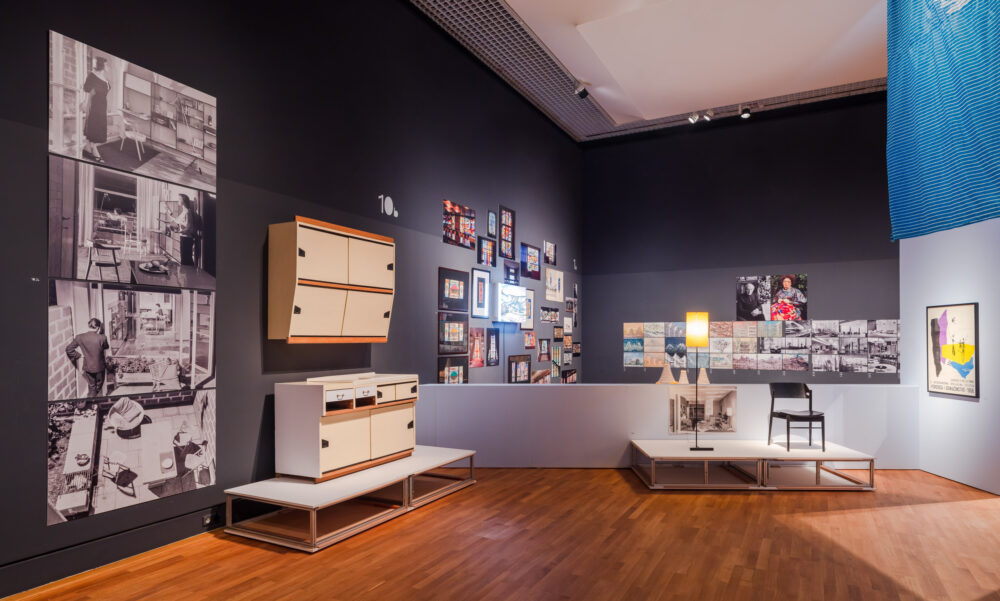Family and Household. Changing the world with interior design ideas
One of the key topics of socialist ideology—the creation of mass housing projects—was embraced wholeheartedly by local architects and designers. The examples shown here can be thought of as symbolic milestones marking the beginning of the ‘utopian’ movement in Croatian design. They belong to the late 1950s, a period that saw a huge housing push in Yugoslavia.
From 1957 to 1960, the ‘Family and Household’ exhibition was held three times on the grounds of the Zagreb Fair. These elaborate educational exhibitions covered a wide range of topics concerning the organization of family life in an urban environment, from the decoration of a modern apartment to the conceptualization of new urban settlement models, along with new forms of consumption, such as department stores and supermarkets, and public services.
The exhibitions were extremely popular, with the second edition in 1958 attracting more than a million visitors. This edition covered 33,000 sqm and included seven pavilions, with the most visited one featuring an ‘ideal apartment’ project presented by architect and designer Bernardo Bernardi (1921–85). In addition to floor plans, Bernardi presented these living spaces as fully functional life-size exhibition models. He paid great attention to the functional furnishings of these small living spaces, here a two-bedroom apartment of 43.7 sqm for 3–4 people and a three-bedroom apartment of 56 sqm for 4–5 people. The living room of the former featured furniture by Boris Babić (1928–2006) and Mario Antonini (b. 1929) as well a newspaper holder by Bernardo Bernardi and and a floor lamp by Ferdo Rosić (1915–99), while the living room of the latter mostly featured items presented at the 1957 Milan Triennial, including furniture, textiles, glass, and porcelain objects, where they won a silver medal.
Countries: Croatia
Tags: Housing and living, Product design
